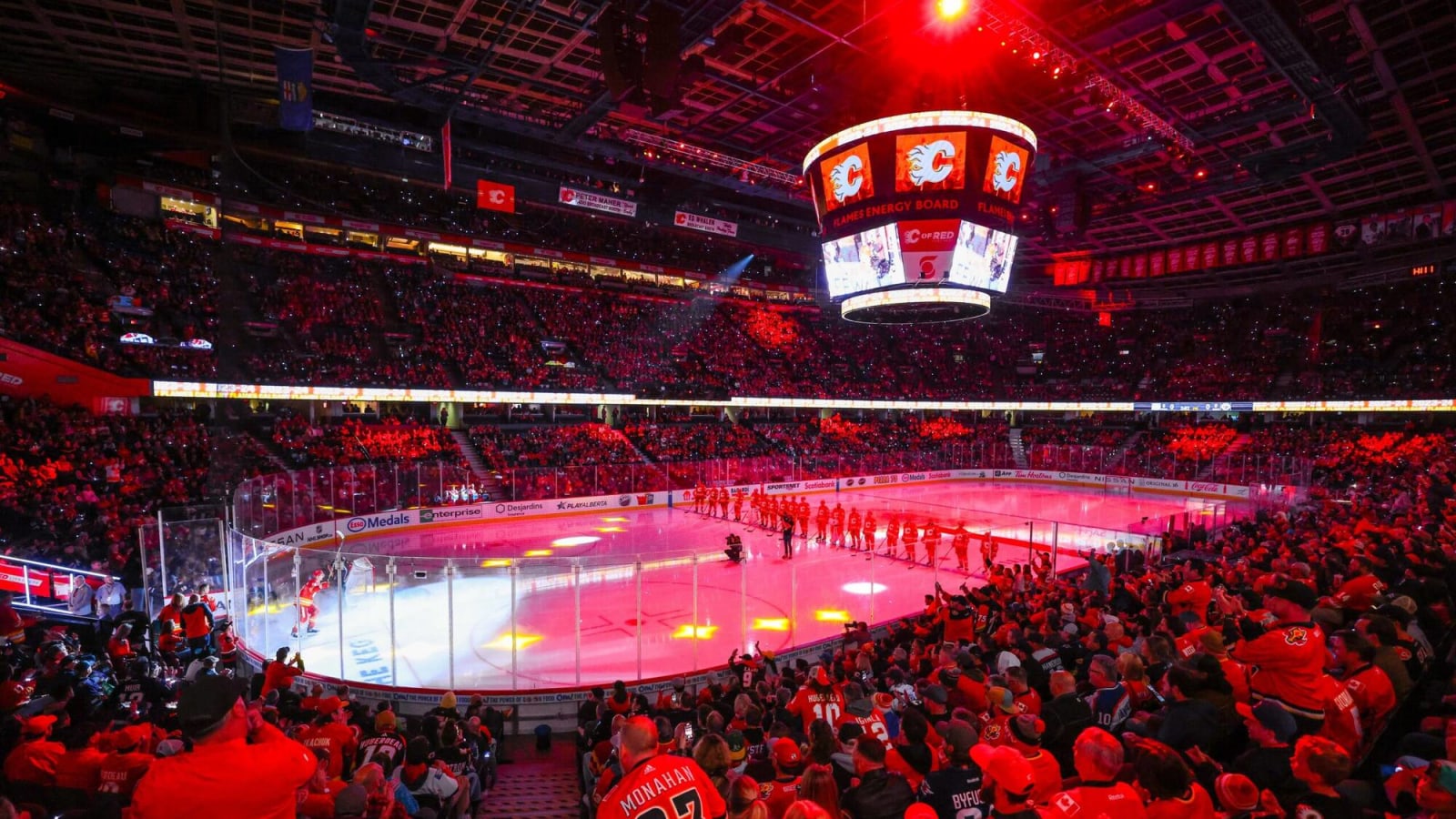
Charges were formally announced against five members of Canada’s 2018 World Junior hockey team on Monday, connected to an alleged sexual assault in June 2018.
Four of the charged players, including the Calgary Flames’ Dillon Dube, remain on paid leave from NHL clubs. On Monday afternoon, TSN’s Darren Dreger reported that these clubs will receive cap relief for the absence of these players. (FlamesNation has also confirmed this with league sources.)
Generally-speaking, clubs with players away on personal leave don’t receive cap relief. The main reason is that personal leaves tend to be short-term, typically for things like family illnesses, funerals, the birth of children, or attending to other such matters of a personal nature. The general mechanism for cap relief under the CBA is the long-term injury reserve for players away due to injury or illness for at least 10 games or 24 days, which personal leave wouldn’t really qualify for. (And the general principle under the CBA for the salary cap has been “If a player is being paid, they count against the cap.”)
But this is obviously a unique circumstance, and so the NHL has decided to make an exception in this case. The teams receiving relief are the Flames (Dube), New Jersey Devils (Cal Foote & Michael McLeod) and Philadelphia Flyers (Carter Hart). Dube carries a $2.3 million cap hit for the remainder of this season.
The Philadelphia Flyers, New Jersey Devils and Calgary Flames have been informed they will receive cap relief for the players on Leave charged in the 2018 World Junior criminal proceedings.
— Darren Dreger (@DarrenDreger) February 5, 2024
That said, speaking to folks around hockey, the mechanics of this cap relief weren’t immediately clear. There are two basic type of cap relief built into the CBA:
- Retroactive cap relief would basically allow teams to pretend that the players on leave don’t exist, and so each club’s cap number would functionally drop and they would be able to accrue daily cap savings. (For the Flames, this would drop their cap commitments by $2.3 million, at least on a pro-rated basis.)
- Raising each team’s cap ceiling, like with LTIR, would be the other way. Rather than allow the teams to accrue space, it would allow them to spend above the $83.5 million cap ceiling if they needed to. (For the Flames, this would functionally bump their cap ceiling to $85.8 million.)
The exact details haven’t been made clear as of this writing.
I asked a few ppl if the relief would be similar to that of LTIR.
There is still some uncertainty on exact details, but the belief is that teams will be able to accrue cap space from the relief. https://t.co/ew2uTvom9t
— Anthony Di Marco (@ADiMarco25) February 6, 2024
We’ll have more details regarding the cap relief as they become available.
More must-reads:
- Hurricanes restrict ticket sales for series against Rangers
- Watch: William Nylander gives Leafs a 1-0 lead over Bruins
- The 'AP First-Team All-Pro tight ends' quiz
Breaking News
Customize Your Newsletter
 +
+
Get the latest news and rumors, customized to your favorite sports and teams. Emailed daily. Always free!

